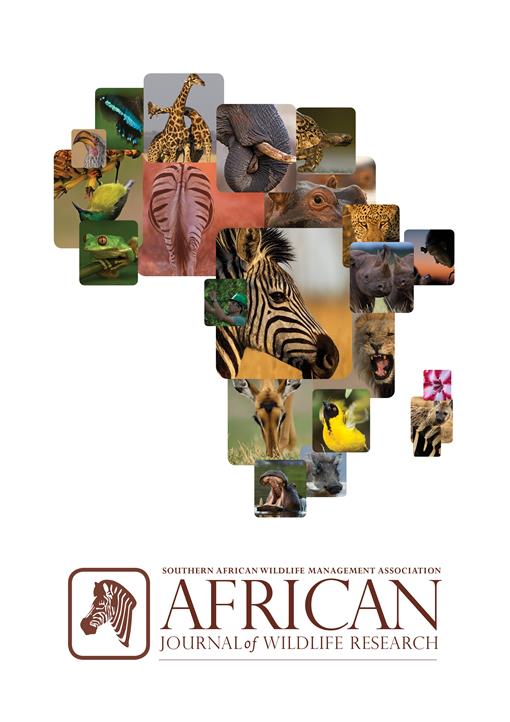Quantifying landscape characteristics that wildlife select is essential for conservation and management action. Models that map wildlife resource selection tend to be informed by telemetry technology which is costly to acquire/maintain and potentially risky to deploy. Therefore, there is value in pursuing alternative data collection protocols, such as citizen scientist approaches to ascertain whether they can reveal results comparable to those derived from telemetry studies. The conservation of African wild dogs (Lycaon pictus) presents an interesting case study to examine this topic. The species is rare and wideranging, hence data collection is both challenging and costly. They are, however, a groupliving species with unique and conspicuous coat markings, making them potentially well-suited to citizen science data collection strategies. Here, we fitted resource selection functions (RSFs) built from Global Position System (GPS) telemetry data, and from citizen scientist data, collected in and around Hwange National Park, Zimbabwe. We assessed comparability of these RSFs by evaluating the relative importance of parameters, parameter coefficients (direction and magnitude of effect), and the spatial predictions of relative probability of use by African wild dogs. The most important predictors in both models were proportion of woodland and bushland, the number of habitat types, and distance to waterhole. Furthermore, spatial predictions from both models displayed a high degree of overlap (r = 0.74), indicating similarities in selected and avoided habitat patches. Our analysis demonstrates that sufficient citizen science data can be a valuable alternative to telemetry data for African wild dogs. We thus encourage the collection and use of citizen science data for similar analyses, particularly when funding is limited. Our work also highlights areas in and around Hwange National Park with the highest probability of being used by African wild dogs, which is where conservation efforts should be intensified.
How to translate text using browser tools
1 April 2018
African Wild Dog Habitat Use Modelling Using Telemetry Data and Citizen Scientist Sightings: Are the Results Comparable?
Tafadzwa Shumba,
Robert A. Montgomery,
Gregory S. A. Rasmussen,
David W. Macdonald
ACCESS THE FULL ARTICLE






